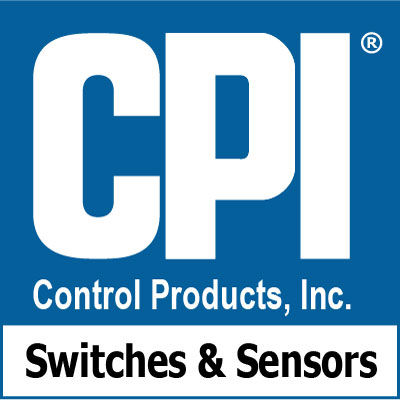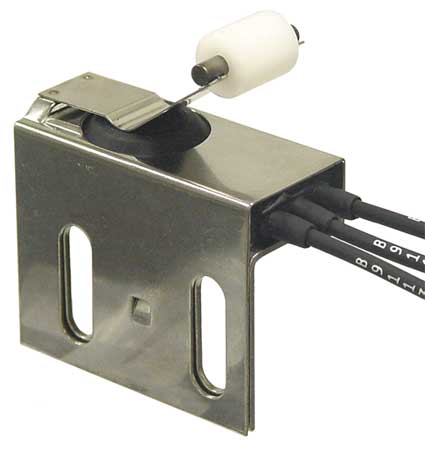CPI has encountered many of the switch engineering challenges found in the deployment of advanced machinery into hostile environments. Requirements such as MTBF of five million electromechanical cycles, large over-travel, precise actuation and exposure to dirt, wind and sand are key criteria in the design of a high reliability limit switch implementation.
One application for our high performance Limit Switches is safety or performance controls for extreme duty machines. These are applications where failure of some component or system would be catastrophic or costly to replace. An example of this would be the safety interlock limit switches found in heavy duty machines in the industrial vehicular space (a forklift), or construction equipment (backhoe loader etc…) and aerospace fail-safe systems. These systems are typically exposed to extreme environments and long periods of continued usage which demand highly reliable, durable, and versatile limit switch customization, a perfect fit for CPI’s particular brand of customizable limit switches.
Limit Switch Design Challenges in Safety Interlock Switch Applications
Our unique engineered solutions have solved many of these problems through a process of careful engineering, OEM focused project management and heavy field testing directly in the application.
- Customized Travel Parameters. Small pretravel, large pretravel, precise operating point, and over a million electromechanical cycles all in one switch? By carefully adjusting the stress threshold of the actuator or adding a spring to eliminate excess deflection, CPI engineers were able to marry these conflicting requirements into a switch of uncommon performance and MTBF. Examples of this include our E1 series limit switches.
- Cold Temperature Response Times. Our military grade products are encased in neoprene rubber and operate to -65F. Industrial grade products encased in thermoplastic santoprene operate to -10F. A manufacturing process is also available that prevents the “contact sticking” during long periods of activation that can happen to industrial grade santoprene switches operating consistently at the cold end of their temperature range. This engineering was a great example of CPI’s out of box thinking and materials engineering which achieved both a lower manufacturing cost, and an improved engineering performance.
- Premature Switch Failures due to heavy electrical loads. Modification to the design mass and material used in actuators can solve many of these issues. In other scenarios simple changes in switch polarity (making the stationary contact the anode) were shown to increase performance and reliability.
- Contact Contamination due to Environment – The motto here is never underestimate what the real world will do to your equipment! If your safety related application has even a remote possibility of finding itself in an extreme environment (most do), a totally sealed switch should be specified.
CPI Limit switches have a long track record of solving these problems through a combination of field testing and in-house engineering. As a focused privately owned company, we can turn on a dime to achieve the performance you need in your application.
When it comes to engineered limit switches, make the switch to CPI.

